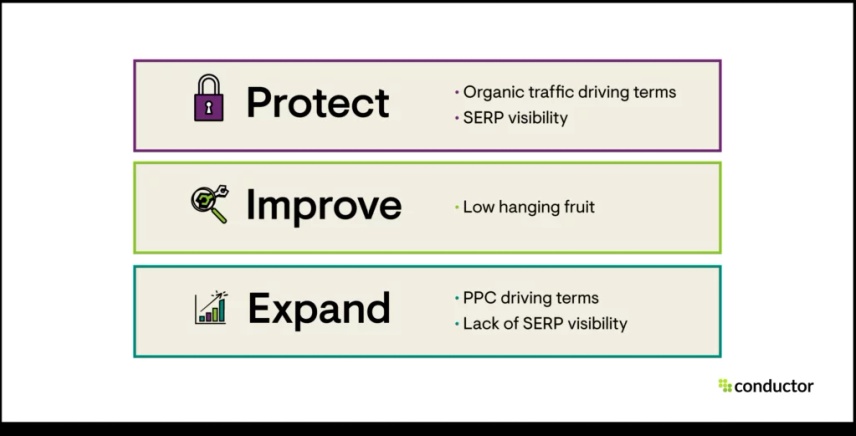Introducing the Influence of Secondary Measurement in Google Analytics on Data Evaluation and Insights
In the world of information analytics, the use of additional measurements within Google Analytics has actually arised as a critical tool for extracting much deeper understandings and unraveling facility patterns that might or else stay obscured. By peeling back the layers of key data sets, second measurements supply a nuanced viewpoint that improves the understanding of user habits, web site performance, and the efficiency of advertising methods.
Checking Out the Concept of Second Measurements
Secondary dimensions in Google Analytics offer extra insights by enabling customers to analyze primary information together with an additional attribute. This feature enables a more detailed understanding of the primary information by adding an additional layer of info for analysis. By incorporating second dimensions, customers can dig deeper into the data and uncover useful connections that may or else go undetected. By pairing the main data of website web traffic with additional dimensions like demographics or habits, marketers can gain a more comprehensive view of their target market and customize their methods accordingly.
Understanding the principle of second measurements is essential for making the most of the capacity of Google Analytics. It enables individuals to sector information properly, identify patterns, and make notified choices based on an extra complete photo of their analytics data. By checking out the different second measurements offered in Google Analytics, individuals can unlock brand-new insights and enhance their electronic advertising efforts. Fundamentally, second measurements work as a powerful device for improving data evaluation and driving workable outcomes.
Enhancing Data Interpretation With Additional Dimensions
Having developed the fundamental understanding of secondary measurements in Google Analytics and their pivotal duty in information evaluation, the emphasis now shifts towards leveraging these additional qualities to boost the analysis of analytics data (what is a secondary dimension in google analytics). By incorporating secondary dimensions right into information analysis, experts can obtain deeper insights into individual behavior, internet site efficiency, and marketing efficiency

In addition, secondary dimensions help in contextualizing primary information metrics by giving extra layers of information. This contextualization help in recognizing the 'why' behind the data patterns, helping analysts make informed choices and optimizations to boost general performance. Eventually, including secondary dimensions enriches the data interpretation procedure, leading to more strategic activities and meaningful understandings.
Uncovering Hidden Insights With Additional Dimensions
Discovering the midsts of analytics data with additional dimensions discloses valuable understandings that would or else stay obscured. By incorporating secondary measurements in Google Analytics, businesses can uncover surprise patterns, trends, and relationships that give a more extensive understanding of customer behavior and site efficiency. These added layers of data allow analysts to dig deeper into the key measurements, such as traffic sources or landing pages, and obtain a more nuanced perspective on exactly how various variables communicate with each various other.
With the usage of secondary measurements, analysts can sector and compare data across various dimensions, enabling them to determine certain elements that influence user engagement, conversion prices, and total success metrics. By pairing the key measurement of 'gadget category' with the secondary measurement of 'age team,' marketing experts can determine which age demographics choose accessing the site through mobile tools versus desktops.
Leveraging Additional Dimensions for Actionable Analytics
Building upon the insights revealed with second dimensions in Google Analytics, businesses can now harness this enriched information landscape to drive workable analytics and calculated decision-making. By leveraging secondary dimensions, companies can delve much deeper right into their data to remove useful patterns, patterns, and connections that might have previously gone unnoticed. This deeper degree of analysis allows services to gain an extra comprehensive understanding of user behavior, project performance, and overall internet site performance.
One key advantage of using secondary measurements for workable analytics is the capability to segment information based upon certain standards. This division enables companies to customize their projects and methods to various audience teams, resulting in much more targeted and effective advertising efforts - what is a secondary dimension in google analytics. Furthermore, secondary dimensions provide an even more alternative sight of individual interactions, making it possible for services to enhance their web site web content, design, and overall customer experience
Making The Most Of Decision-Making With Second Measurements
To boost strategic decision-making in analytics, leveraging additional measurements in Google Analytics can offer a more nuanced viewpoint on customer actions and campaign performance. By integrating secondary dimensions into data evaluation, services can delve deeper right into the specifics of their internet site visitors' interactions and involvement patterns. This additional layer of information enables a more extensive understanding of exactly how various variables, such as demographics, devices, or website traffic sources, effect crucial performance indicators.

Verdict
Finally, the use of additional measurements in Google Analytics plays a critical role in enhancing data analysis and discovering covert understandings. By discovering this concept, one can acquire a deeper understanding of individual habits and make educated choices based upon workable analytics. Leveraging additional dimensions permits a blog here much more extensive analysis of data and takes full advantage of the effectiveness of decision-making processes.
